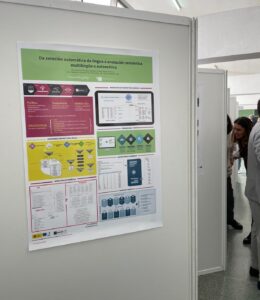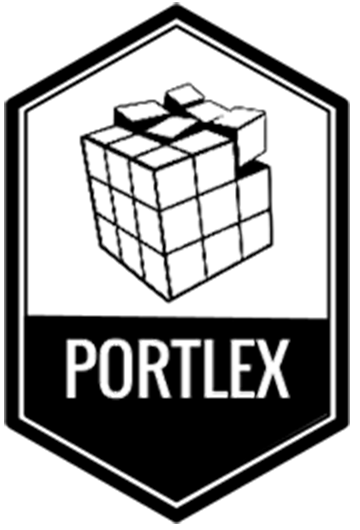 It’s important for researchers to collaborate with our peers and share our progress and failures. In this spirit, two members of our team, Mª José Dominguez and Carlos Valcárcel, recently had the excellent opportunity to present our research on the development of an automatic tagger for nouns at the first meeting of the Galician node of CLARIN, a European research network focused on digital tools for the humanities and social sciences.
It’s important for researchers to collaborate with our peers and share our progress and failures. In this spirit, two members of our team, Mª José Dominguez and Carlos Valcárcel, recently had the excellent opportunity to present our research on the development of an automatic tagger for nouns at the first meeting of the Galician node of CLARIN, a European research network focused on digital tools for the humanities and social sciences.
The meeting, organised by the Galician Language Institute, brought together several research teams from across Galicia, all working on different language-related projects. We were delighted to have the opportunity to share our progress with other researchers and receive valuable feedback during the poster session. This meeting was therefore crucial for us to improve our knowledge and discuss various technical aspects of our research project with renowned Galician experts in the field of natural language processing.
In case you don’t know, ESMAS-ES+ is basically about teaching computers to better understand and analyse texts in different languages, such as Galician, Spanish, German and French. Building on our previous work with the language processing tools XERA and CombiCONTEXT, we’re now creating an automatic tagger that assigns semantic labels to nouns and determines their main topic and level according to the CEFR (A1, A2, B1 and beyond). This could not only help computers to better grasp new words and concepts with ease, but more importantly, it could help teachers and learners to assess the suitability of a text according to their learning needs and goals.
Specifically, the poster presented at the CLARIAH-GAL meeting shows the challenges we have faced in our previous projects in manually annotating nouns with our own semantic labels. To tackle this, we’re using existing language databases such as WordNet and our own tools (LEMATIZA, COMBINA, FLEXIONA) to extract and organise large amounts of nouns into packages. We also presented the main goals and the different steps of the workflow of the ESMAS-ES+ project.
Thus, by participating in conferences such as CLARIAH-GAL, we aim to achieve the goals of our research more efficiently, and also to contribute to the advancement of language research and the promotion of peer collaboration.

